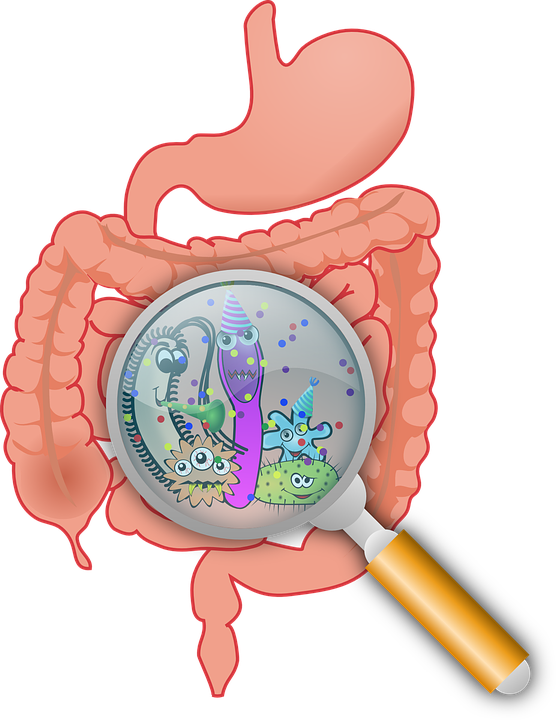The intestine
The intestine is the most important of the human organs. It is part of the digestive tract. It can also be said to be located in our stomach area or near the stomach. The Intestine anatomy and physiology, intestine function can be divided into two types. These are the small intestine and the large intestine. We will learn more about how this intestine works later.
Small intestine
The small intestine is located between the large intestine and the stomach. It is part of the digestive tract, as we have already seen. We divide the small intestine into three parts. This is where most of the digestion takes place. A finger-like structure extending from the outer wall of the small intestine absorbs nutrients from food and releases them into the blood. the small intestine is 4 to 5 times as long as the large intestine. However, the diameter of the small intestine is smaller. The small intestine has a diameter of 2.5-3 cm in an adult.

Large intestine
The large intestine excretes water and salts from the stool. It is a repository for solid waste. The colon can be divided into four parts: the ascending colon, the descending colon, the transverse colon and the tortuous colon, whereby the part from the opening of the colon to the beginning of the descending colon is called the right colon and the rest is called the left colon. The large intestine is 7.6 cm long.
Digestion
After we have ingested food, our body only receives energy when it is digested. This digestion takes place in two ways. Kinetic digestion means that large molecules are broken down into smaller pieces by our body movements, and the breakdown of large food particles into smaller components by enzymes is called chemical digestion.
Anatomy of the intestine
When we were at school, we found it difficult to draw and read about the intestines. But the Intestine anatomy and physiology, intestine function does its job without any problems. The function of the intestine is presented here in a simple and concise way.
As far as we know, the basic job of the gut is to pass food through the intestines, digest it, absorb energy and nutrients, and excrete the remaining waste.
But there’s more news. Simply put, the intestine transports blood and other substances to all parts of the body.
The large intestine absorbs water from undigested food and excretes waste from the body as stool.

Function of the intestine
It absorbs nutrients such as calcium, magnesium, iron and vitamins from our food such as vitamin B, K and folic acid and converts them into short-chain fatty acids.
The beneficial bacteria in our body produce useful substances such as propionic acid, butyric acid and acetic acid. They obtain these from our waste.
Intestinal bacteria produce specific proteins such as bacteriocins, which directly attack and kill bad bacteria in the gut.
They protect the gastrointestinal tract from pathogens. This ensures saliva, stomach acids, peristalsis, through the cell membranes lining the inner surface of the intestine with natural flora.
Produces short-chain fatty acids such as plutyric acid to promote the physiological function of the large intestine and promotes the nutrition of intestinal cells. Short-chain fatty acids are used to stimulate the proliferation of cells lining the inner surface of the intestine.
The bacterial flora keeps the lymphatic system of the tissue active. The production of substances and cells that make up the body’s immune system takes place in the lymphatic system.

Conclusion
To improve the functioning of the Intestine anatomy and physiology, intestine function, we should eat plenty of food and eat foods that can be digested quickly. Only then will our gut be healthy. We can also be healthy. When we are not hungry, we eat more and more and just as vehicles become traffic on the road, food and material do not pass out, causing constipation and harming the body.
That’s why we have to treat the gut very carefully.
Simple Ways to Treat Psoriasis // symptoms // causes
Hemorrhoids piles disease // prevention
Ways to care for nails // keep your nails healthy
Natural ways to improve hearing // ear loss
